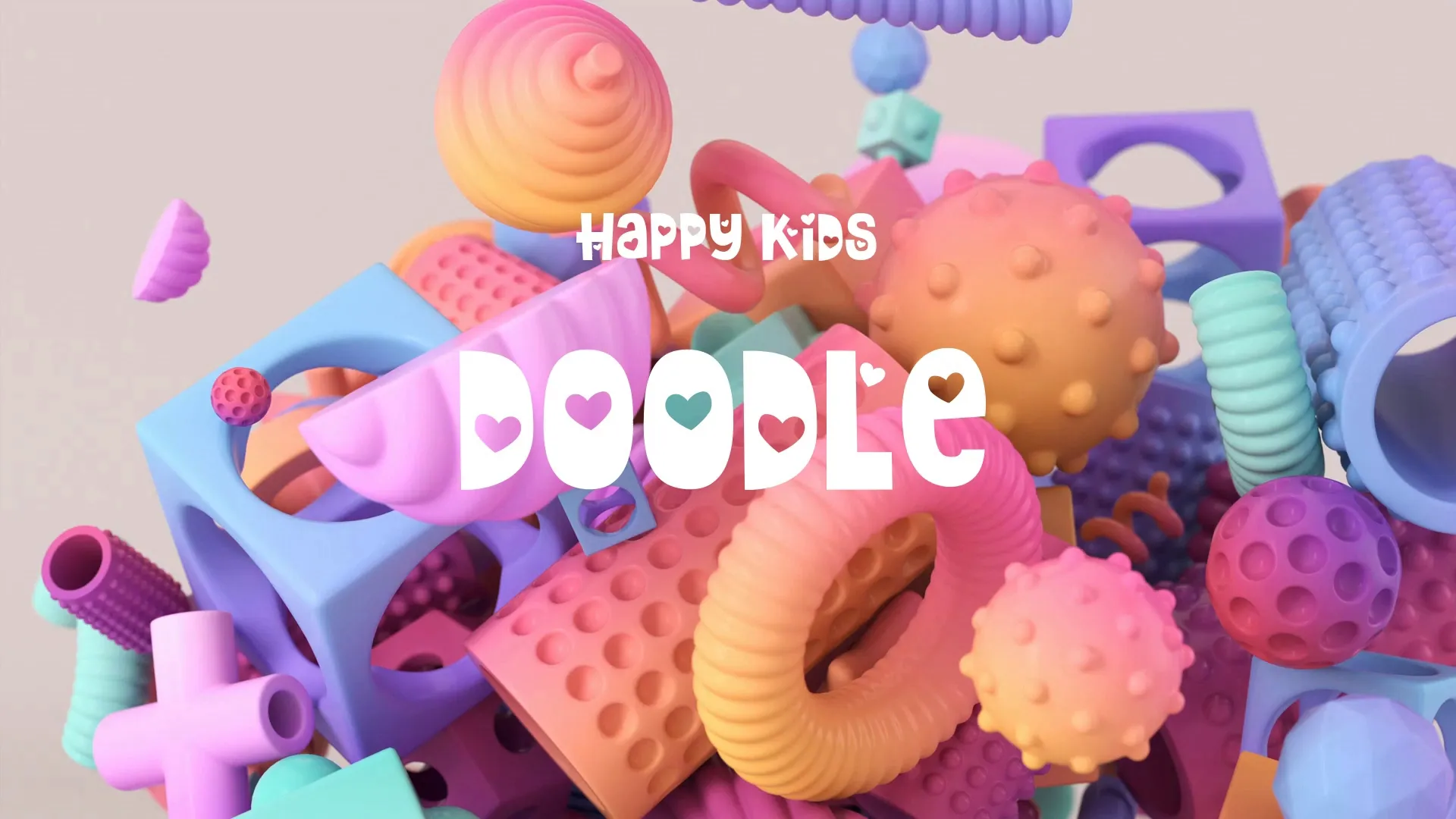Indie Game Monetization: Publisher vs. Self-Publishing Revenue & Legal Tips
Indie Game Monetization: Publisher vs. Self-Publishing Revenue & Legal Tips
Navigating indie game monetization requires a clear understanding of your options and their implications. Deciding between a publisher and self-publishing directly impacts your revenue share and legal responsibilities.
Publisher vs. Self-Publishing: Revenue Split Realities
Choosing a publishing path is a critical financial decision for any indie developer. Each option presents distinct revenue distribution models and levels of control.
Self-Publishing: Maximizing Your Share
Self-publishing allows you to retain the largest share of your game’s revenue. After platform fees (typically 30% for Steam, console storefronts, and mobile app stores), the remaining 70% goes directly to you.
This model offers complete creative control and direct relationships with your audience. However, it also means you bear all marketing, PR, and administrative costs and responsibilities.
Working with a Publisher: Trading Share for Support
Publishers typically offer services like marketing, PR, localization, QA, and sometimes funding. In return, they take a significant cut of your game’s revenue, often ranging from 30% to 60% after platform fees.
This split can seem steep, but a good publisher can significantly amplify your game’s reach and success, potentially leading to higher overall sales even with a smaller percentage. Thoroughly vet publishers and understand their track record before committing.
Understanding the Wishlist to Sales Conversion Rate
Wishlists are a crucial indicator of potential interest for your game, especially on platforms like Steam. A strong wishlist count before launch is vital for initial sales momentum.
The industry average for wishlist to sales conversion rate can vary widely, but generally falls between 10% and 50% for the initial launch week. Higher conversion rates often correlate with effective pre-launch marketing and community engagement.
Effective marketing strategies, compelling store page assets, and consistent communication with your audience can significantly improve this rate. Tools like Wayline’s Signals can help you predict earnings based on wishlist counts.
Essential Legal Considerations for Indie Game Sales
Protecting your intellectual property and ensuring legal compliance are non-negotiable aspects of selling your game. Overlooking these can lead to significant financial and legal setbacks.
Intellectual Property (IP) Protection
Registering your game’s name, logo, and unique elements as trademarks can prevent others from using them. Copyright automatically protects your game’s code and art, but registration can strengthen your position in infringement cases.
Clear contracts with all collaborators, outlining ownership and usage rights, are essential from the start. This prevents disputes over who owns what, especially if team members depart.
End User License Agreements (EULAs) and Terms of Service
Every game sold should include an EULA or Terms of Service. This legal document defines the user’s rights to use your software, limits your liability, and often includes clauses on arbitration or dispute resolution.
Create a free account, or log in.
Gain access to free articles, game development tools, and game assets.












.webp)







.webp)


